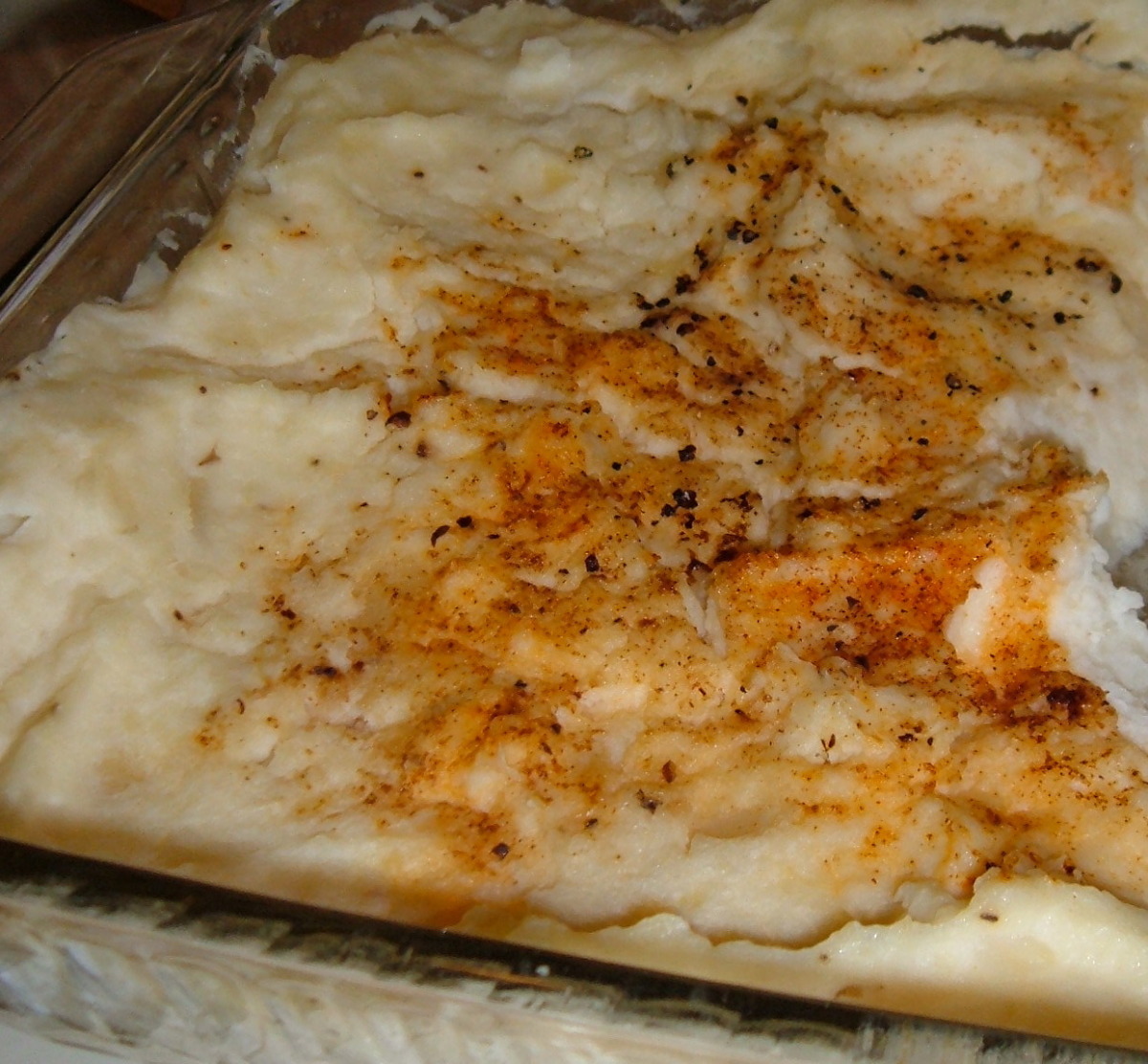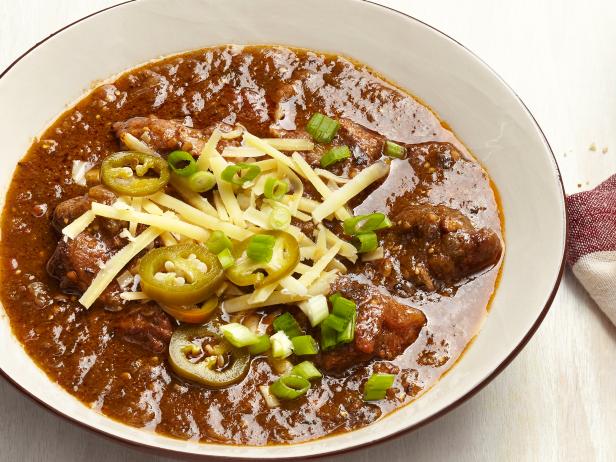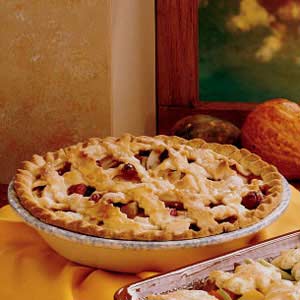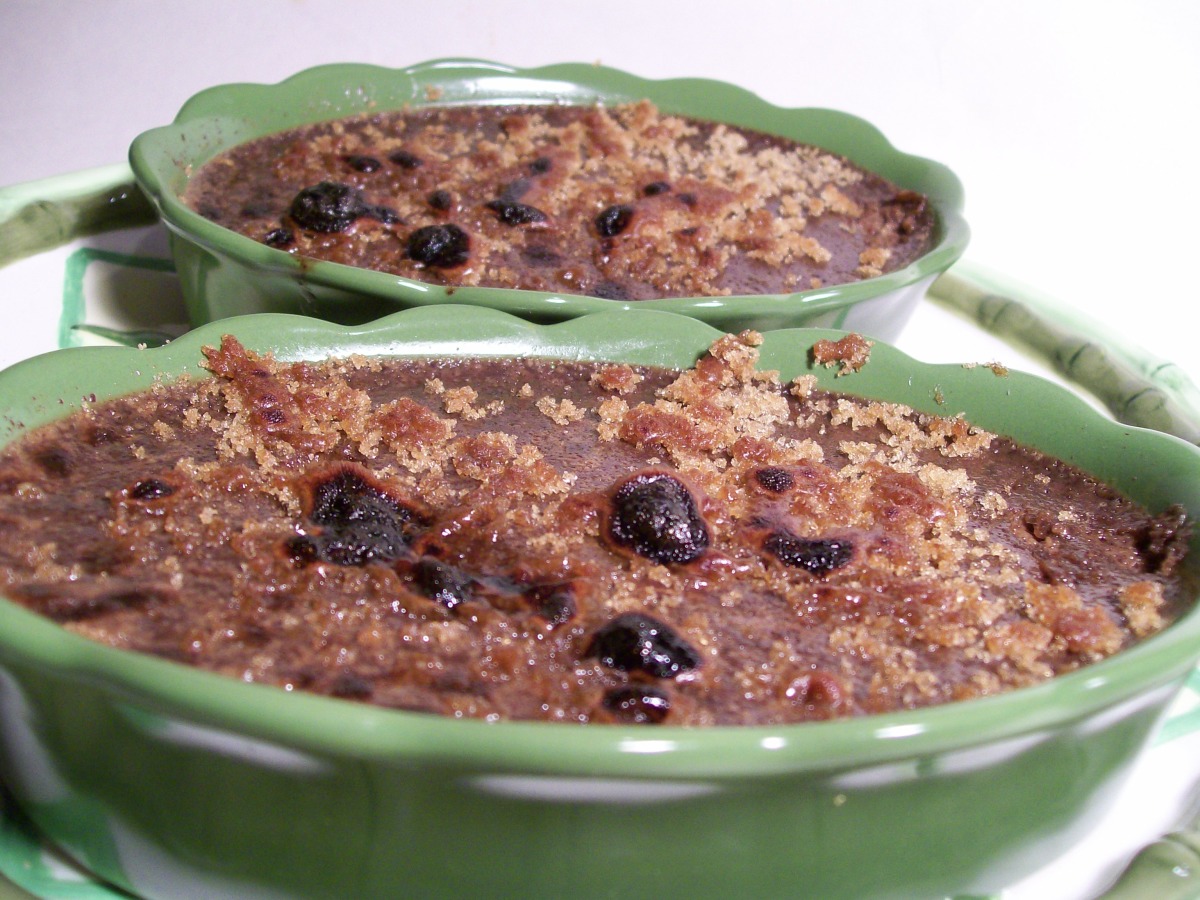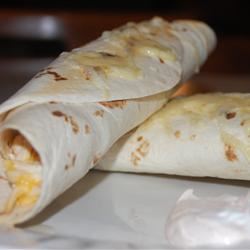**Discover the Art of Poolish Baking: A Journey Through Flavor and Texture**
Embark on a culinary adventure with poolish, a unique and versatile dough technique that elevates the taste and texture of your baked creations. Originating from European baking traditions, poolish is a fermented mixture of flour, water, and a small amount of yeast. By allowing this mixture to rest, natural yeasts and bacteria have time to develop, creating a complex flavor profile and a distinctive airy crumb. Whether you're a seasoned baker or just starting out, our comprehensive guide to poolish recipes will inspire you with a variety of delectable treats. From classic sourdough bread and pizza crusts to sweet pastries and fluffy doughnuts, we've got something for every palate and occasion. Unleash your inner baker and indulge in the magic of poolish!
POOLISH

Steps:
- Put the yeast in a small bowl, add the water, and whisk vigorously for 30 seconds. The mixture should bubble on top. If it doesn't and the yeast granules float, the yeast is "dead" and should be discarded. Begin again with a fresh amount of yeast and water.
- Add the flour and stir well with a rubber spatula to combine. The consistency will be quite thick, resembling a thick pancake batter.
- Scrape down the sides of the bowl, cover the bowl with plastic wrap, and let sit at room temperature for 18 hours. Refrigerate for 30 minutes to cool slightly before using.
- If you are not using the starter right away, you can store it in the refrigerator, though I suggest keeping it for no more than 8 hours. Bring to cool room temperature before using.
WHITE SANDWICH LOAF WITH POOLISH
A good portion of the flour in this recipe is fermented before the dough is made to better convert the flour to sugars and generally improve the flavor. This pre-ferment is called a poolish and is allowed to bubble and develop a nice aroma and flavor. This recipe is my take on Syd's White Sandwich bread from another site. While the process can take up to 3 days, the active time making the bread is the normal amount of time, long resting periods are added to improve flavor.
Provided by Red_Apple_Guy
Categories Yeast Breads
Time 15h35m
Yield 1 loaf, 18 serving(s)
Number Of Ingredients 8
Steps:
- Make the poolish, cover and leave at room temperature for about 8 hours.
- Add the other ingredients and mix well.
- Knead by hand or dough hook and stand mixer for about 5 minutes on low speed, rest 5 minutes, and knead for 5 more minutes or until it passes the windowpane test (small piece can be stretched without breaking until light shows through).
- Oil a clear container with straight sides (or bowl), place dough and mark level, and let rise until doubled in volume (about an hour depending on temperature).
- Pre-shape into a ball and let rest for 5 minutes.
- Preheat oven to 400 F with a pan on the bottom for steaming.
- Fold the ball gently, tuck in the ends and seal the edge. Roll back and forth briefly until edge is sealed and a log (slightly larger in the center) is formed.
- Place in an oiled loaf pan (9"x 5"), cover with oiled plastic film and let rise until almost doubled in volume (45 min to 1 hour).
- Add 1 cup hot water to steam pan (don't drip on the door glass).
- Score the loaf and place in the center of the oven.
- Reduce oven setting to 375°F.
- After 12 minutes, remove steam pan and rotate the loaf 180 degrees for even cooking.
- Cook for 20 to 30 more minutes until the loaf is 205 F internally.
- Remove from the loaf pan and cool on a rack.
- note: the dough can be placed in the fridge at 40F, covered, to rise overnight. If you do that, remove 2 hours ahead of time to warm up.
STONE GROUND WHOLE WHEAT BREAD - POOLISH & SOAKER RECIPE

Provided by cmcrobb
Number Of Ingredients 15
Steps:
- %{color: red}The night before making bread, make the soaker and poolish% *1.* SOAKER * Mix together the coarse grains and water in bowl. * Cover with plastic wrap, and leave at room temperature until the next day. POOLISH * Mix together the whole-wheat flour and yeast, then stir in water to make a thick paste. Stir only until the flour is hydrated, cover the bowl with plastic wrap and allow to ferment at room temperature for 2 to 4 hours. Then refrigerate overnight. *2.* The next day remove Poolish from refrigerate one hour before making the dough. *3.* * In Cuisinart bowl, wisk together the ** whole-wheat flour ** salt ** dry milk powder ** gluten flour ** and yeast. * Then add the poolish and the soaker, honey and oil. * With the paddle attachment blend until the dough forms a ball, adding more water or flour if needed. * Change to the dough hook. Start out slow, but use speed 4.5 for most of the blending time. * Blend for 12 - 15 minutes, until dough passes the windowpane test and reaches 77⁰ to 81⁰F. * Lightly oil a large bowl, roll the dough to coat, cover with cloth. *4.* Ferment at room temperature for approximately 2 hours, or until double. _A simple way to test if your dough has risen enough is to lightly press two fingertips about one-half inch into the dough.The dough is ready if an indention remains when fingertips are removed._ Use Proofing Box in colder weather, place a cup of very hot water in box.(watch carefully) *5.* Divide the dough into 2 equal pieces. Lightly oil two 11cm x 25cm loaf pans and place loaves in pans. Mist tops with pam spray and loosley cover with cloth. *6.* Proof at room temperature for about 90 minutes. Use Proffing Box in colder weather, place a cup of very hot water in box.(watch carefully) *7.* Preheat upper oven to convection 350⁰F. Just before baking, you may garnish the loaves by misting the tops with water and sprinkling on sesame seeds. *8.* Bake for about 45 - 55 minutes. Bread should be 185⁰ to 190⁰F at the center and should sound hollow. *9.* Remove immediately from the pans and cool on a rack for 1 hour before serving.
Tips:
- Choose the right flour: Bread flour or all-purpose flour can be used to make poolish. Bread flour will result in a chewier bread, while all-purpose flour will produce a softer bread.
- Use filtered or spring water: Chlorinated water can inhibit the growth of yeast. If you are using tap water, let it sit out for 24 hours before using it to make poolish.
- Keep the poolish warm: The ideal temperature for poolish is between 75°F and 85°F (24°C and 29°C). You can keep the poolish warm by placing it in a warm spot in your kitchen or by using a proofer.
- Let the poolish rise for the full amount of time: The poolish should rise for at least 4 hours, but it can rise for up to 12 hours. The longer the poolish rises, the more flavor it will develop.
- Use the poolish when it is ripe: The poolish is ripe when it is bubbly and has doubled in size. If the poolish is not ripe, it will not produce a good rise in bread.
Conclusion:
Poolish is a great way to add flavor and complexity to bread. It is easy to make and can be used in a variety of bread recipes. If you are looking for a way to improve your bread baking skills, I encourage you to try using poolish.
Are you curently on diet or you just want to control your food's nutritions, ingredients? We will help you find recipes by cooking method, nutrition, ingredients...
Check it out »
You'll also love




